Roval Alpinist CLX II Review
We tested the second generation, La Doyenne-winning Alpinist CLX II wheels on hills, flats and even some off-road
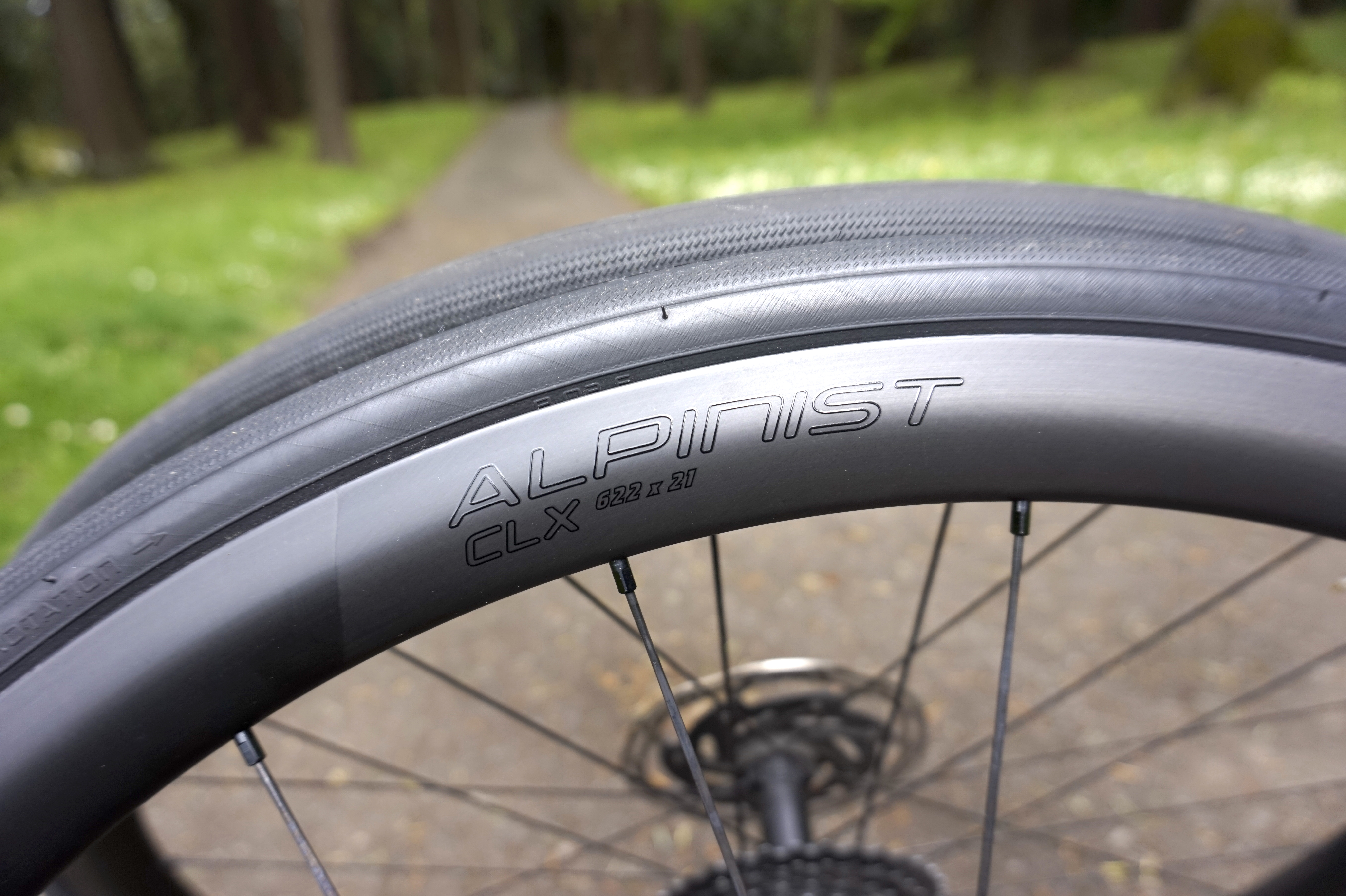
The Alpinists impress with their lightweight versatility, made even better with the hooked, tubeless-compatibility
-
+
Stiff
-
+
Lightweight
-
+
Versatile
-
+
Great handling
-
+
Tubeless-compatible
-
+
Easy tubeless setup
-
+
Hooked rims of tire compatibility
-
-
These high performing wheels don't come cheap
You can trust Cycling Weekly.
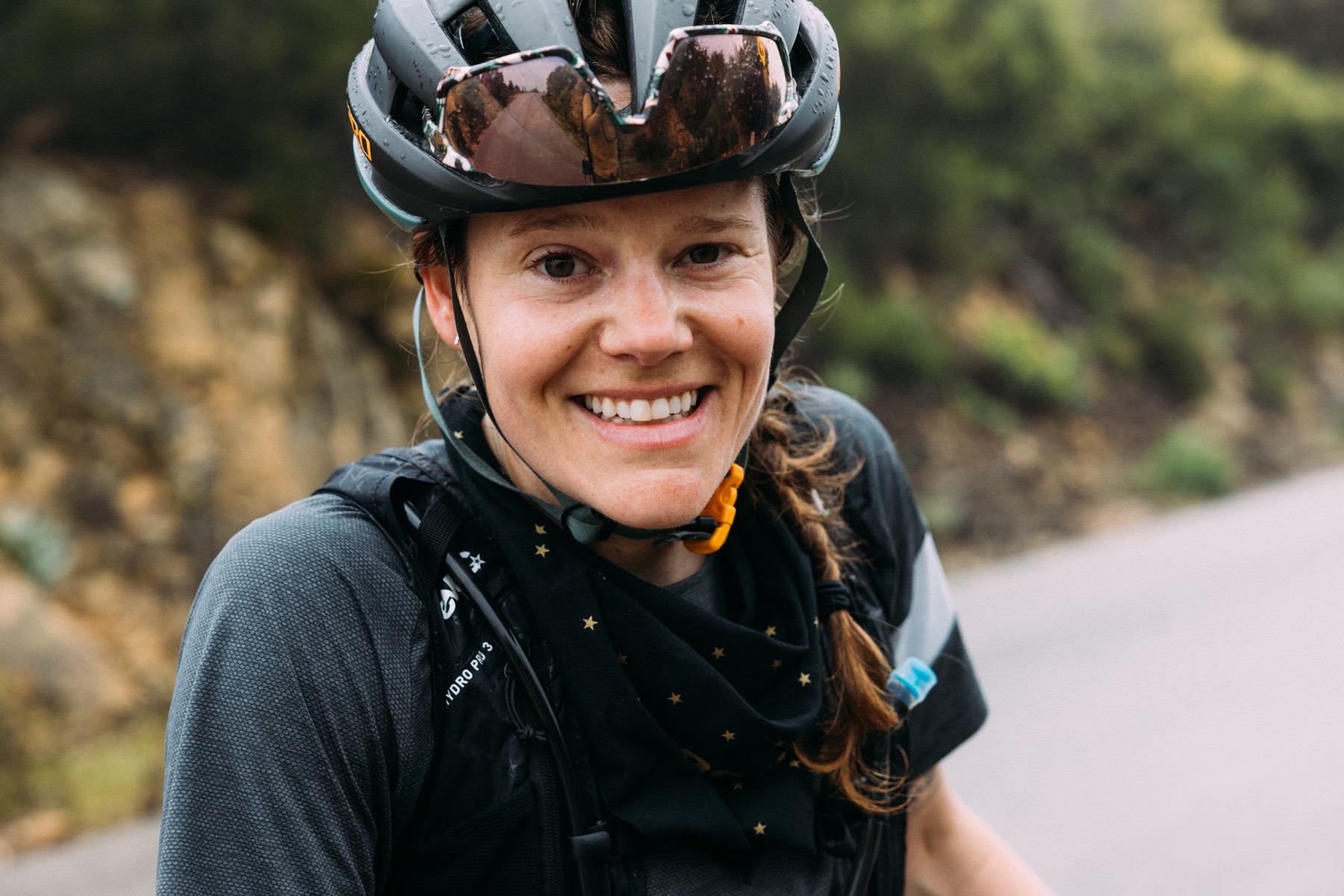
Late to the game, but Roval’s ‘winningest wheels’ are now available with the lower rolling resistance, better grip, and flat protection benefits of a tubeless system.
Back in 2020, Roval surprised the industry by launching its two new flagship wheelsets as tube-only, foregoing the tubeless trend in favor of minimal weight, aerodynamics and speed.
At the time, the brand’s message stated that the tube system was simply fastest, and they performed well - winning 155 races over the 2020-2021 seasons.
But there was more to the story than that (which you can read it at-length in the launch article). Roval engineers had been well on their way to producing tubeless-compatible WorldTour-level wheelsets when Peter Sagan destroyed a prototype wheel during winter training. Lab analysis found the wheels, and the safety standards they had met, to be inadequate.
Featuring a new carbon layup, a new hub and hookless, tubeless compatible rims, the second generation Alpinist CLX wheels were unveiled to the public in May 2022, after already making a splash when Remco Evenepoel rode them to victory at Liège-Bastogne-Liège in April.
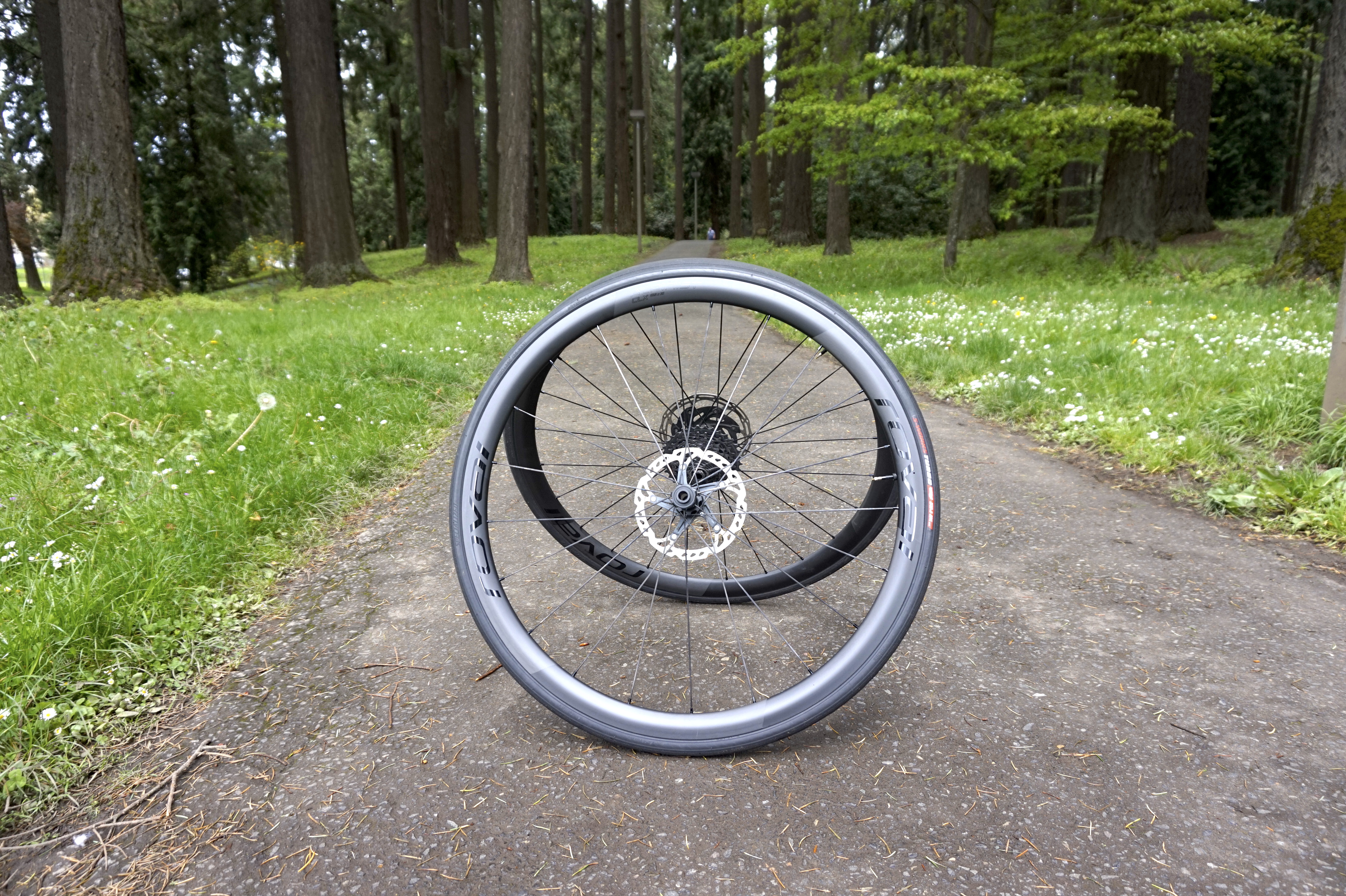
Introducing: Roval Alpinist CLX II
With the original Alpinist, Roval set out to produce the ‘lightest, best-handling clincher wheels’ they’d ever made. With a "mass is the enemy of performance" mindset, they produced an impressively light 1248-gram wheelset with a 33mm rim depth.
While mass and weight were the focal point of the first generation Alpinist, the new tubeless Alpinist CLX II stays true to that aim while also adding in a softening ride quality and safety for real-world riding.
“It’s the wheel most people should be riding,” one Roval engineer told me. “It’s got low mass, low inertia, and is super responsive yet has a dampening quality over rough roads.”
Being able to ride wider tires with lower pressures goes a long way of course, and to that end, Roval decided to opt for hooked rim instead of a hookless system to ensure secure bead retention and tire compatibility with most brands on the market.
It also allows for inflation up to 110psi - though I’d highly recommend exploring the lower PSIs for a cushier, more grippy ride. And with an internal width of 21mm, the rims can fit tires between a narrow 24mm and ready-to-get-rowdy 38mm.
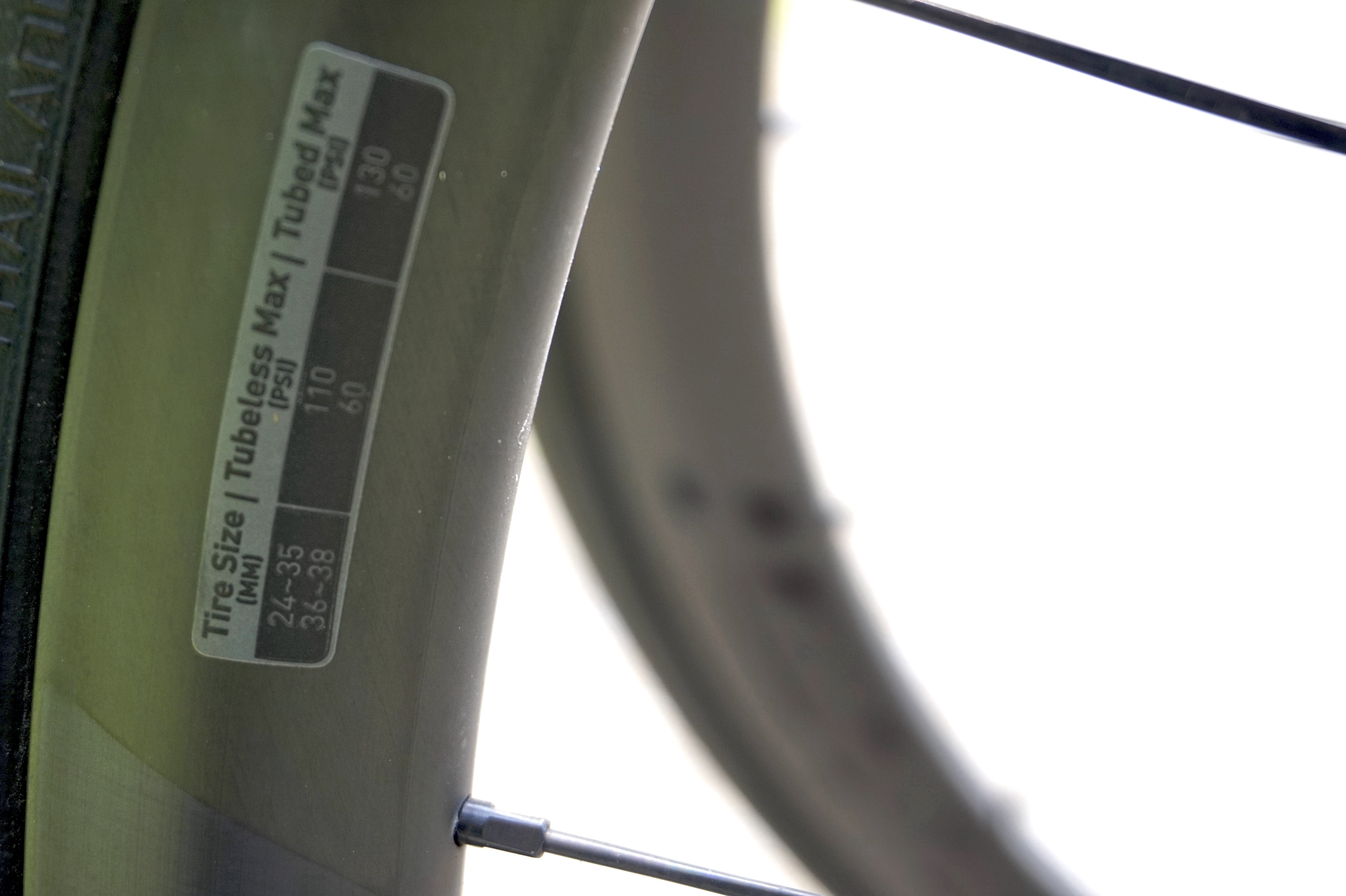
Late to the game but the second generation Roval Rapide and Roval Alpinist wheels are now tubeless-compatible
Going tubeless was no easy task. Balancing the demands of staying true to the race-winning shape, weight and aerodynamic performance of the original Alpinists while also making the new wheels tubeless compatible and impact-safe to a whole new level, the engineers had to revisit the carbon layup. Spanning 21 months, we're told that these second generation Rapide CLX II and Alpinist CLX II wheels were the biggest testing and development project Roval has yet undertaken. The carbon layup alone saw some 150 different iterations.
As a result, the second generation Alpinist features the most precise carbon layup Roval has ever created to ensure that the now-tubeless Alpinist remains featherlight while also responsive and strong.
But hooked rims do require extra material, so to remain close to that 1250 gram mark set by the first generation Alpinists, Roval carved 50 grams from the hub. Generation 2 ditches Roval's AeroFlange hubs and instead come up with an all-new, low-profile LFD hub with machined brake rotor mounts. Inside the hub, DT Swiss EXP internals and SINC ceramic bearings are used to deliver smooth efficiency and durability.
All said and done, the generation 2 Alpinist wheelset comes in at around 1265g with tubeless tape and valves — just a tad over the first generation, but with more grip, improved flat protection and a lower rolling resistance when set up tubeless.
The wheels are hand built, disc brake only and come with either black or white decals for a retails price of £2500 / $2800.
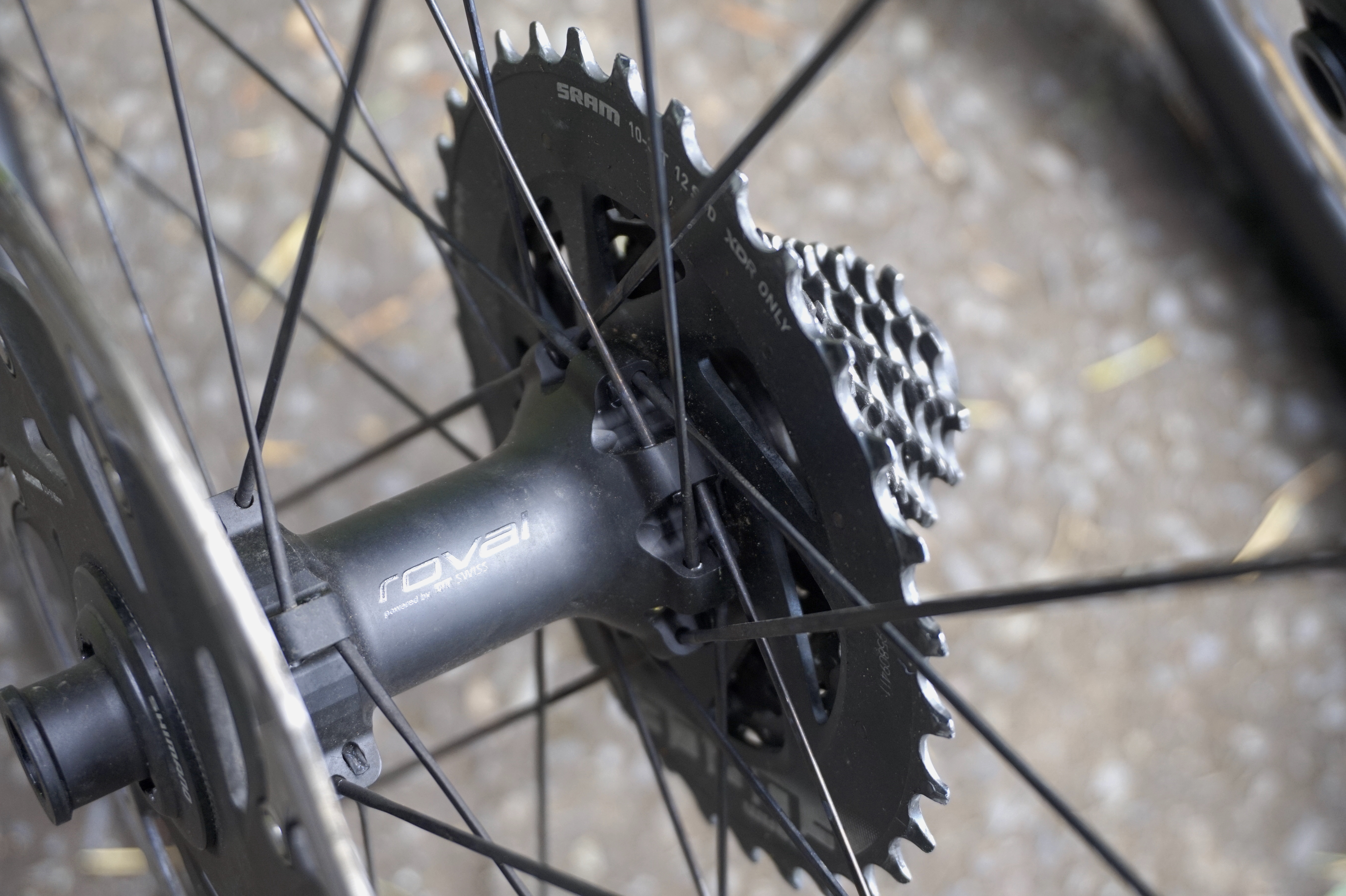
New hubs
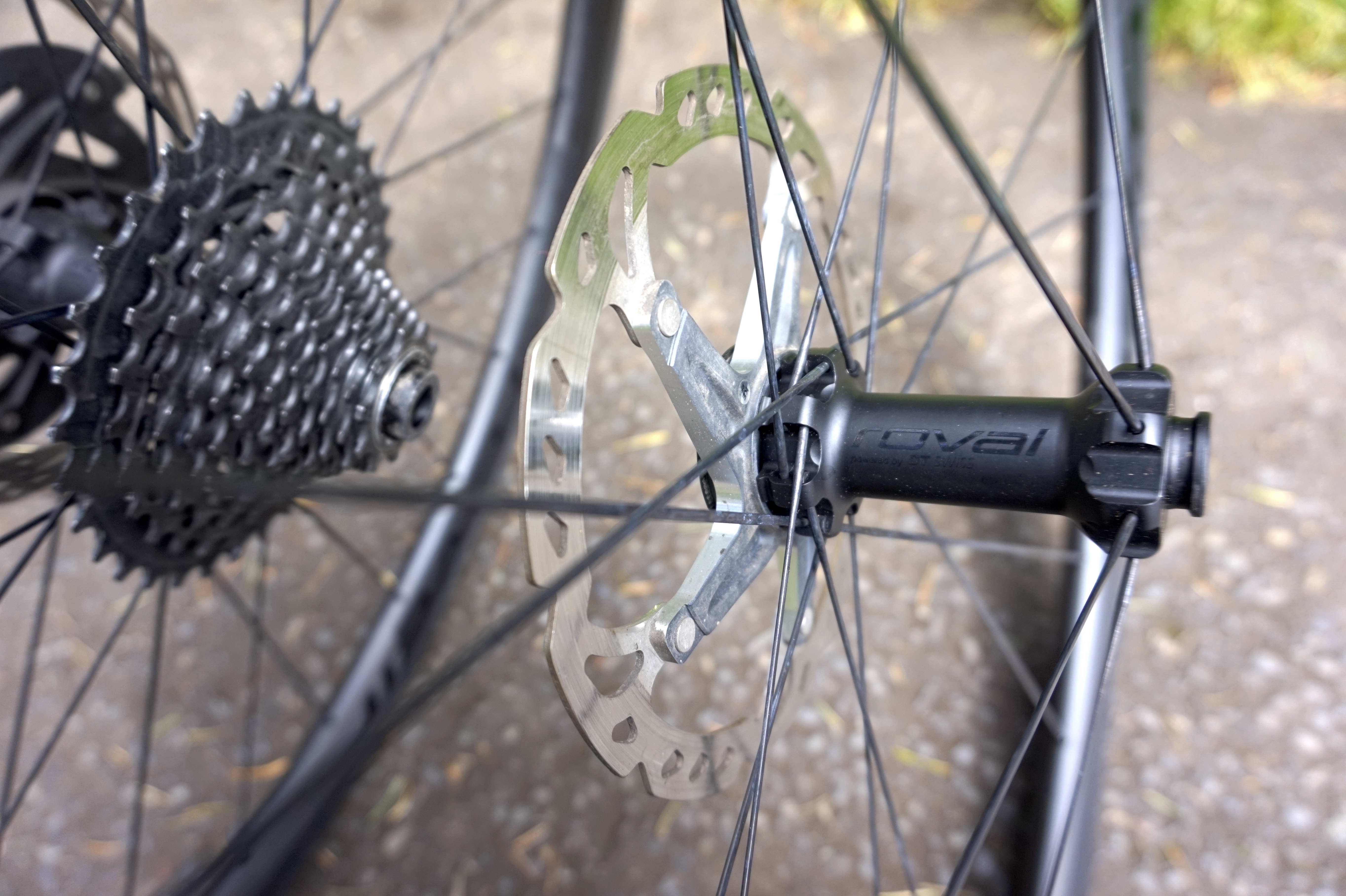
How They Roll
Featherweight and performance aside, there were two items that peaked my interest in these wheels: versatility and a promised ease of setup.
The outer rim diameter dimensions were shifted ever so slightly to create an extra 1.4mm of bead slack in the tire. As a result, the tire should seed easily and come off without too much of a struggle.
Indeed, when paired with a set of 26mm S-Works Turbo tires and some good ol' Stans tubeless sealant, setup was a breeze. No compressor, no special tire seating tool, no sticky sealant all over the sidewalls, no problems.
Sometimes, the consumer's product usage gets overlooked when performance and race victories are at stake, but the easy setup and the wide tire compatibility as big wins for the consumer.
To really get a feel for these feathery wheels, I decided to tackle an iconic Oregon spring challenge: the RondePDX, a 55-mile (88k) route with a punishing 7500 feet (2286 meters) of steep, punchy climbing. None of the climbs are particularly long, but they sure are plentiful.
Let me tell you, when rolling around on just 1260 grams of carbon, the weight or lack thereof becomes quite pleasantly noticeable at grades upwards of 22%. The wheels are also stiff enough to help power you over that last hump before a much-deserved descent or, for those more spry than me, to chase a KOM/QOM with enthusiasm.
At 33mm rim depth, these wheels aren't so lean that one worries about fragility. On the contrary, I found these wheels to be very robust for their weight. And when I asked Roval's category leader, Chris Wehan, if I could take these wheels off road, I got a "please do" in response.
Descending at high speed, powering through corners, braking hard and careening over rough terrain, I felt completely confident on these wheels. There was no noticeable flex or shudder even when brought under stress. In fact, in contrast to its sibling, the Roval Rapide CLX II, which make their presence known, these wheels almost disappear in a way.
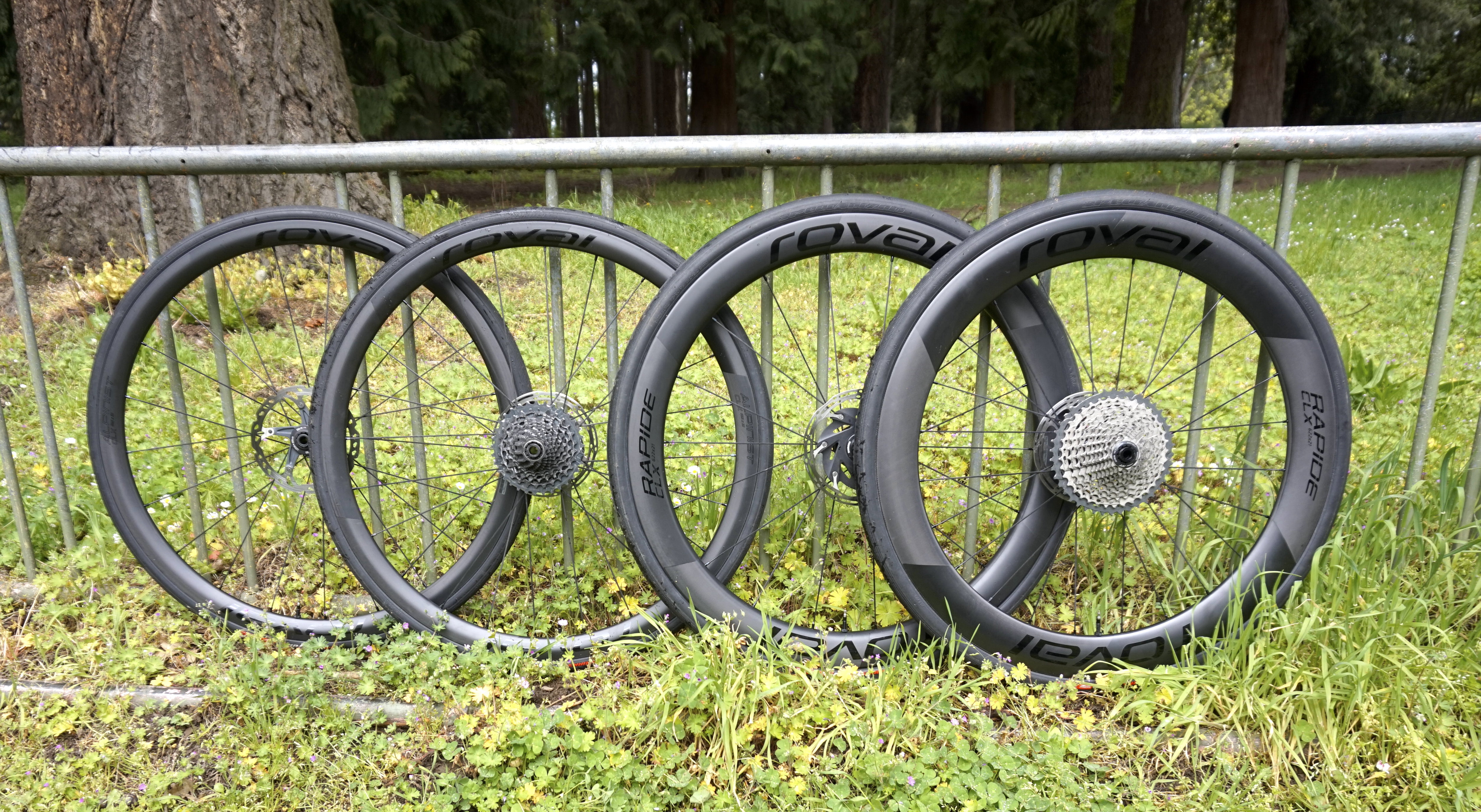
33mm all the way to 61mm. The now tubeless-compatible Roval Alpinist CLX II and Rapide CLX II wheels
Conclusion:

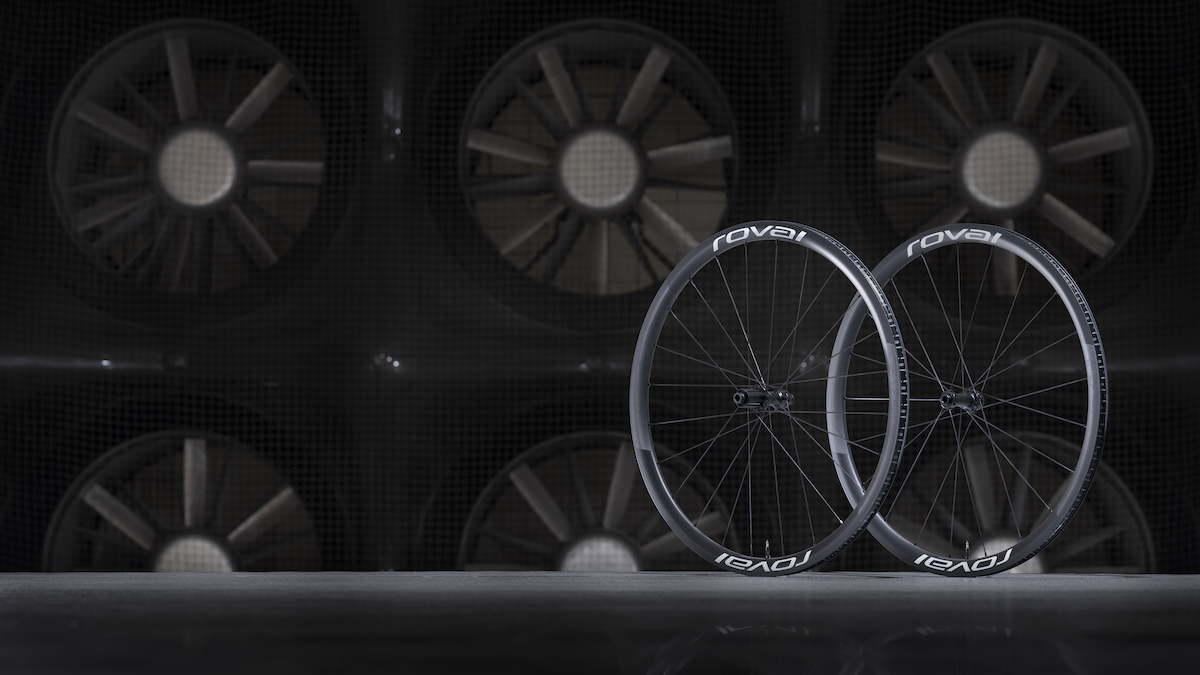
I couldn't help but wonder if "Alpinist" is perhaps a misnomer for this wheelset. Sure, the light weight and stiff layup makes it a great climber, but If you're not racing crits or triathlons, this wheel would make an excellent all-rounder. The dampening ride quality paired with some cushy 28mm tires at 60-70 PSI will allow you to ride all day long in comfort, yet you've got ample speed and stiffness to power out of a corner or slot into a paceline. Plus, with their robustness and ability to slap on some 38's, you can takes these on the roads less travelled as well. Calling them climbing wheels would be too limiting.
Price-wise they're certainly on the higher end, but there are still few tubeless, disc-brake wheelsets out there that are quite as light as the Alpinist. However, for a weight penalty of 50 to 100 grams, one could save up to $900 when buying a comparable Hunt, Reserve or Zipp 202 wheelset. Still, the price does fall in line with the likes of an Enve SES 2.2 and even comes in significantly cheaper than the equally featherlight yet prohibitively spendy Zipp 353 NSW tubeless wheelset.
Additionally, there is something to be said for the brand name and the extensive research that not only went into these wheels but also challenges industry standards and pushes the whole industry forward.

Thank you for reading 20 articles this month* Join now for unlimited access
Enjoy your first month for just £1 / $1 / €1
*Read 5 free articles per month without a subscription

Join now for unlimited access
Try first month for just £1 / $1 / €1
Get The Leadout Newsletter
The latest race content, interviews, features, reviews and expert buying guides, direct to your inbox!

Cycling Weekly's North American Editor, Anne-Marije Rook is old school. She holds a degree in journalism and started out as a newspaper reporter — in print! She can even be seen bringing a pen and notepad to the press conference.
Originally from the Netherlands, she grew up a bike commuter and didn't find bike racing until her early twenties when living in Seattle, Washington. Strengthened by the many miles spent darting around Seattle's hilly streets on a steel single speed, Rook's progression in the sport was a quick one. As she competed at the elite level, her journalism career followed, and soon, she became a full-time cycling journalist. She's now been a journalist for two decades, including 12 years in cycling.
-
 'This is the marriage venue, no?': how one rider ran the whole gamut of hallucinations in a single race
'This is the marriage venue, no?': how one rider ran the whole gamut of hallucinations in a single raceKabir Rachure's first RAAM was a crazy experience in more ways than one, he tells Cycling Weekly's Going Long podcast
By James Shrubsall Published
-
 Full Tour of Britain Women route announced, taking place from North Yorkshire to Glasgow
Full Tour of Britain Women route announced, taking place from North Yorkshire to GlasgowBritish Cycling's Women's WorldTour four-stage race will take place in northern England and Scotland
By Tom Thewlis Published
-
 Positive signs for UK bike industry as Halfords cycling sales grow
Positive signs for UK bike industry as Halfords cycling sales growRetailer admits that the impact of Donald Trump's tariffs remains to be seen
By Tom Thewlis Published